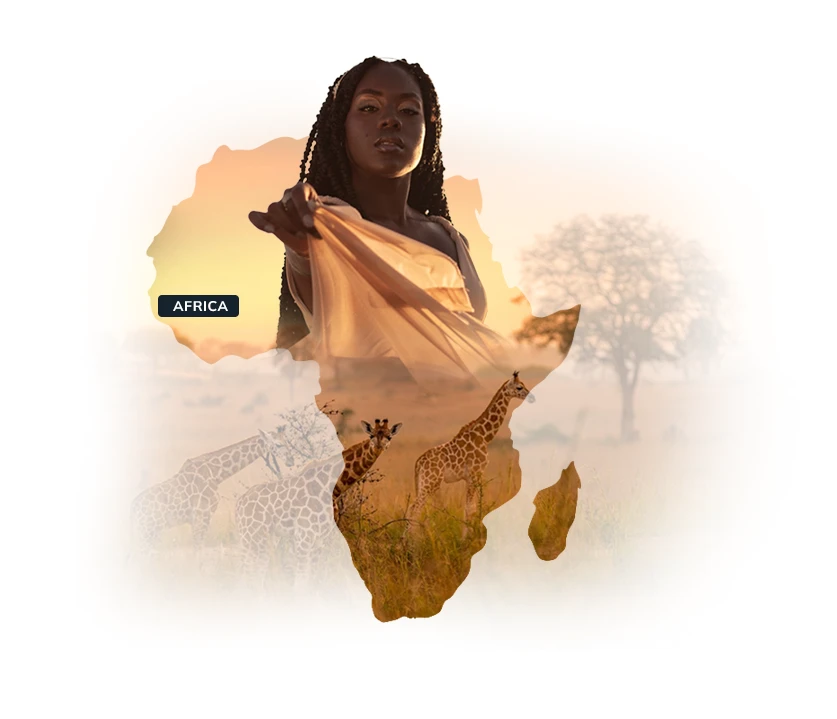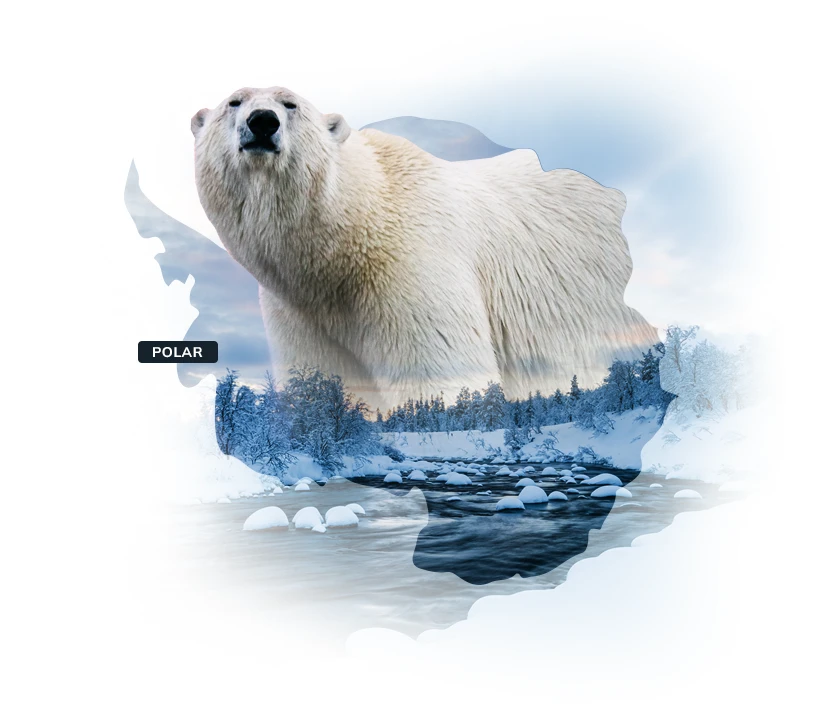The Masai Mara - ‘The World’s Greatest Safari Destination’
 In the Masai Mara, wildlife encounters are magical.
In the Masai Mara, wildlife encounters are magical.
Set off on an extraordinary journey to the Masai Mara National Reserve, where the wilderness pulses with unparalleled energy and majesty. It’s considered the world’s greatest safari destination, where you can discover the iconic realm of the Big Five. Herds of zebra, impala, and wildebeest roam freely across the sun-kissed plains, alongside mighty elephants and formidable buffalo. Traverse the Mara and Talek Rivers, where stealthy hippos and formidable crocodiles command respect beneath the surface, adding a thrilling dimension to your safari in Masai Mara.
Delve into a world where lions, leopards, cheetahs, and hyenas reign supreme, their presence a testament to the wild beauty of the area. And for those fortunate enough to time their visit right, witness the breathtaking spectacle of the Great Migration, as over 1.5 million wildebeest and zebra embark on a daring journey from the Serengeti to the Masai Mara.
Whether you're captivated by the adrenaline-fueled hunt or drawn to the breathtaking beauty of vast open plains, a safari in Masai Mara promises an adventure like no other.
Featured Masai Mara Holidays
We include the iconic Masai Mara in all our suggested luxury Kenya safari itineraries. Take a browse to find inspiration for your ultimate safari in Masai Mara.
Or you can create your own in consultation with our Travel Specialists, who’ll help you select the very best options according to your unique preferences.
Imagine encountering the vibrant wildlife of Samburu National Reserve, exploring off-the-beaten-path treasures like Laikipia, or gorilla tracking in Rwanda and Uganda after mesmerising wildlife encounters in the Masai Mara. You can experience all this and more with Wayfarer's holidays in Kenya.
Book your trip of a lifetime here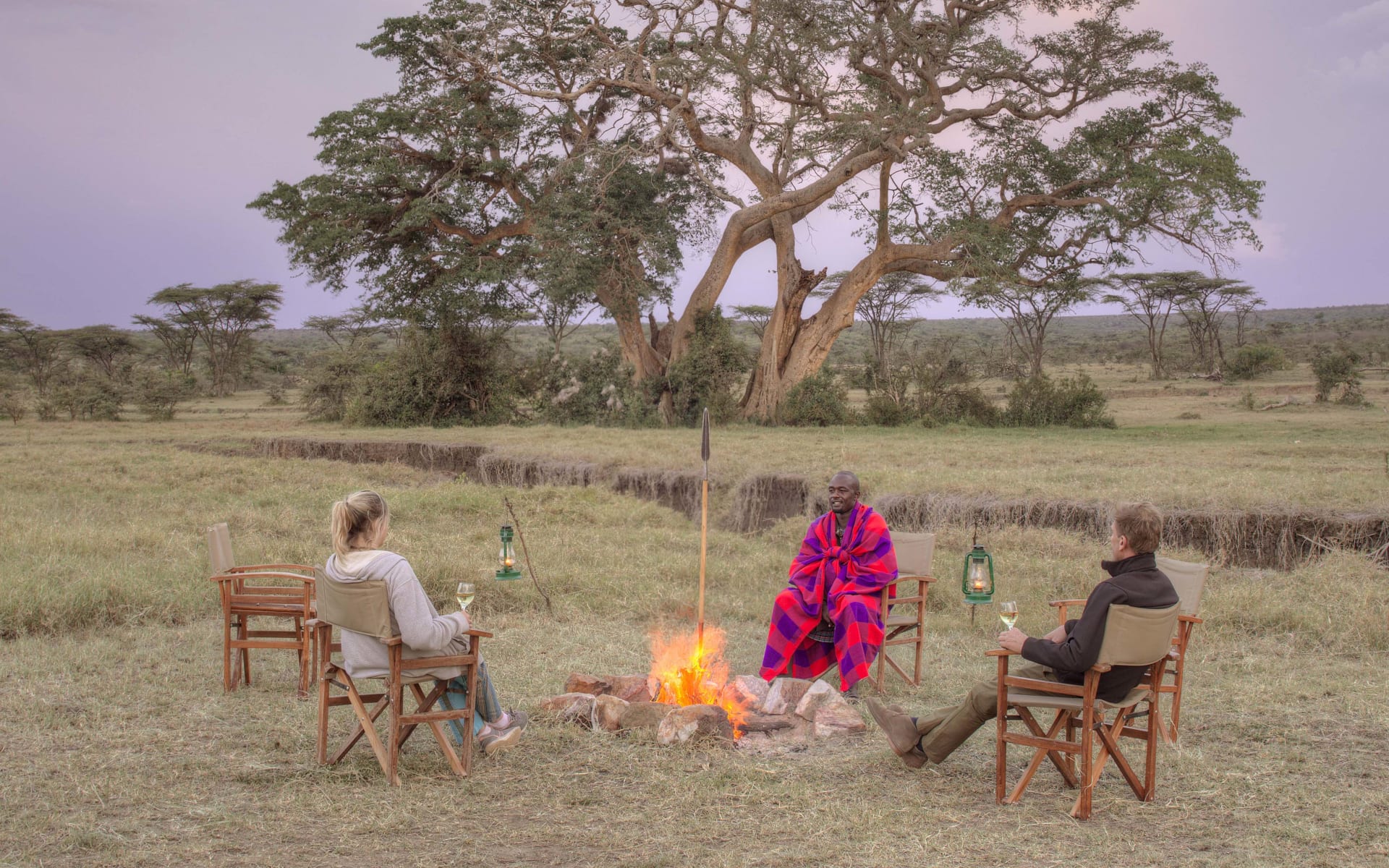
Kenya Zanzibar Honeymoon
Combine a romantic safari in Kenya with the heavenly beach paradise of Zanzibar on this Kenya Zanzib...
Discover More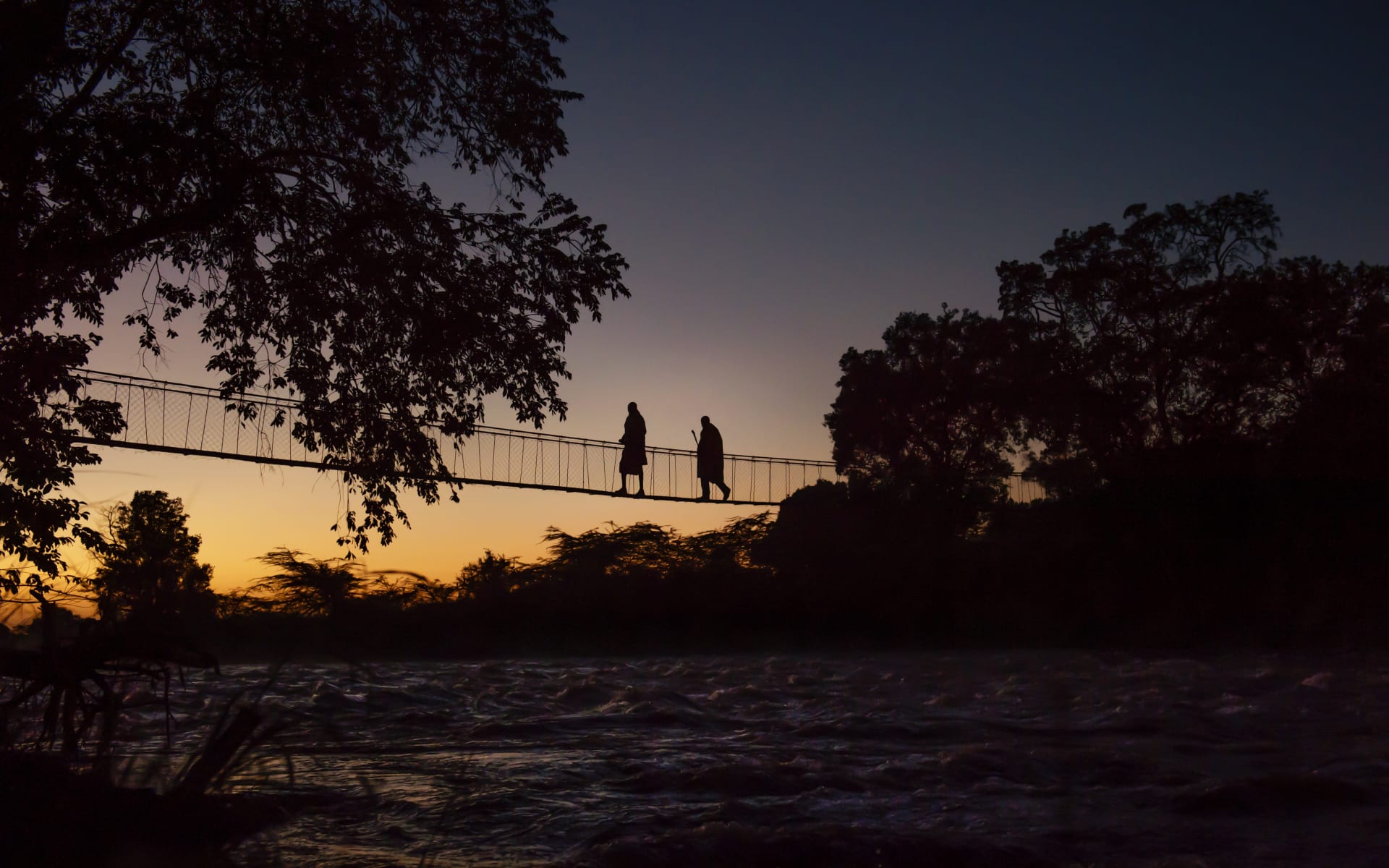
Tribes & Treehouses
This brilliant itinerary is unique; you will experience some amazing cultural aspects - learning abo...
Discover More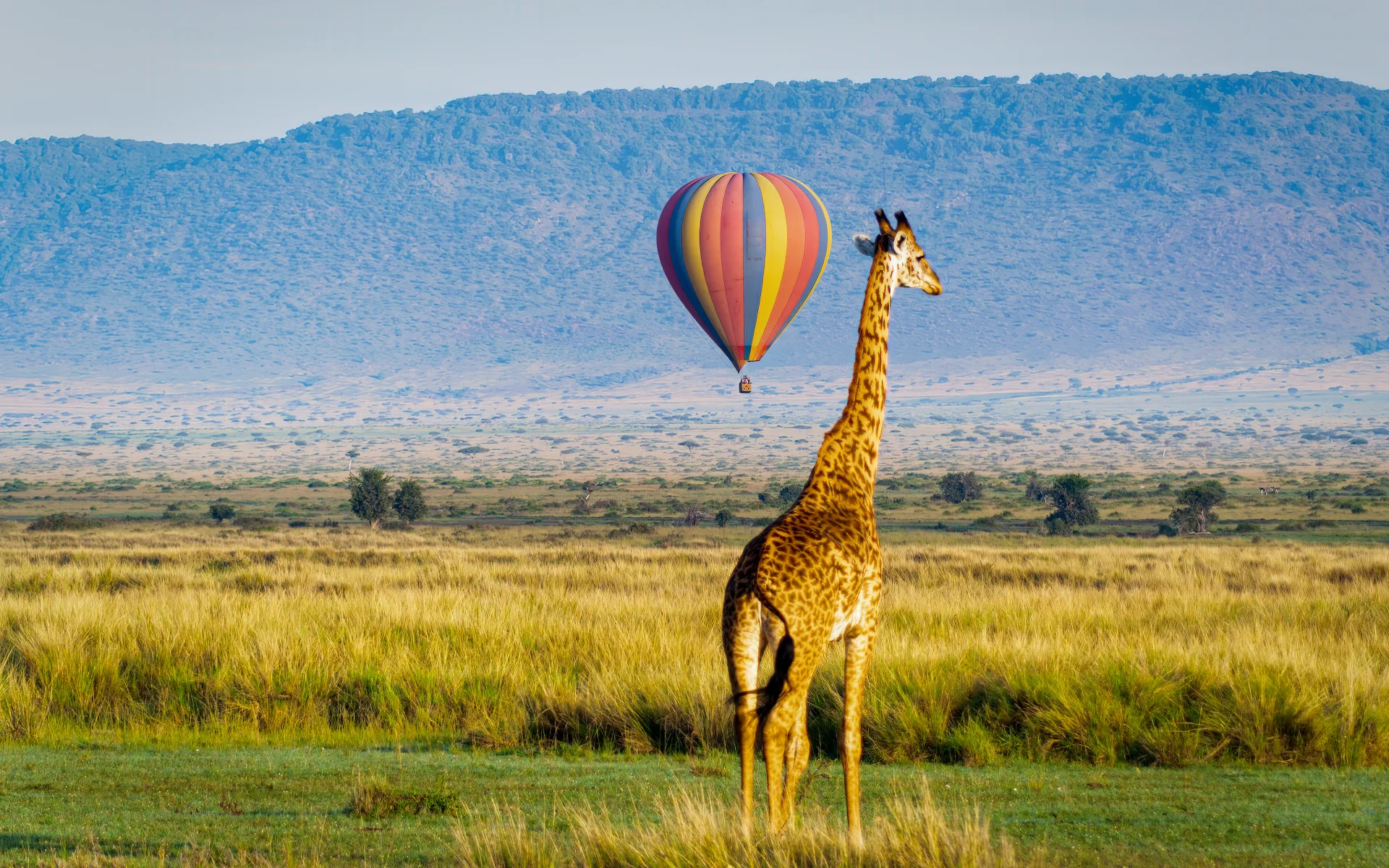
Samburu & Masai Mara Safari in Kenya
Samburu National Reserve, Masai Mara National Reserve
Discover More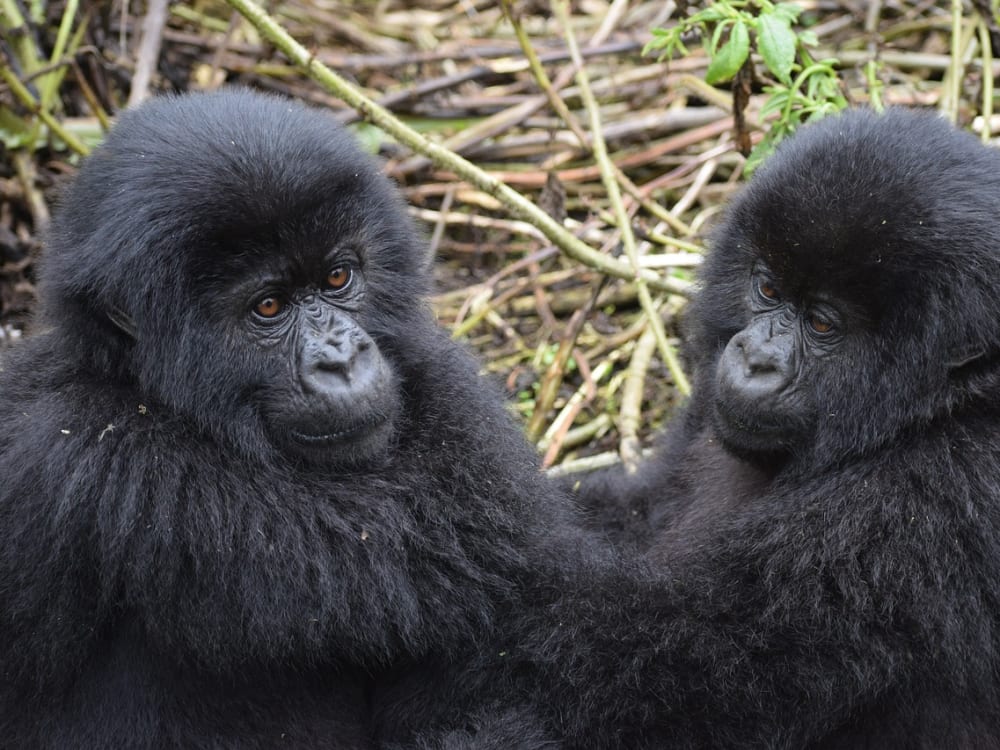
Gorillas, Masai Mara & Zanzibar
This incredible East African adventure takes in 3 adorning jewels of the region: Rwanda's Parc Natio...
Discover More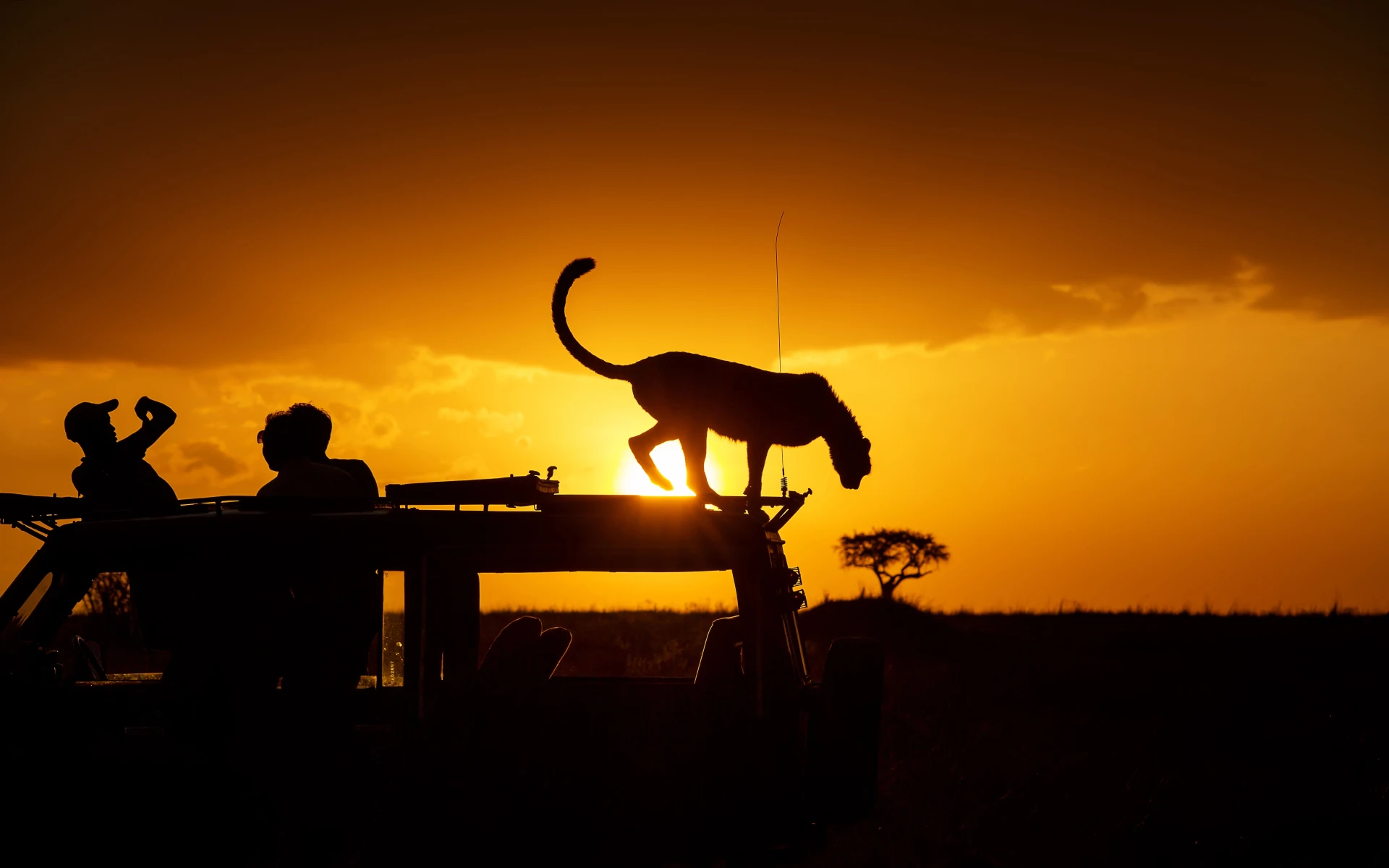
10 Day Luxury Kenya Safari Tour
Samburu National Reserve, Masai Mara, Kenya South Coast
Discover More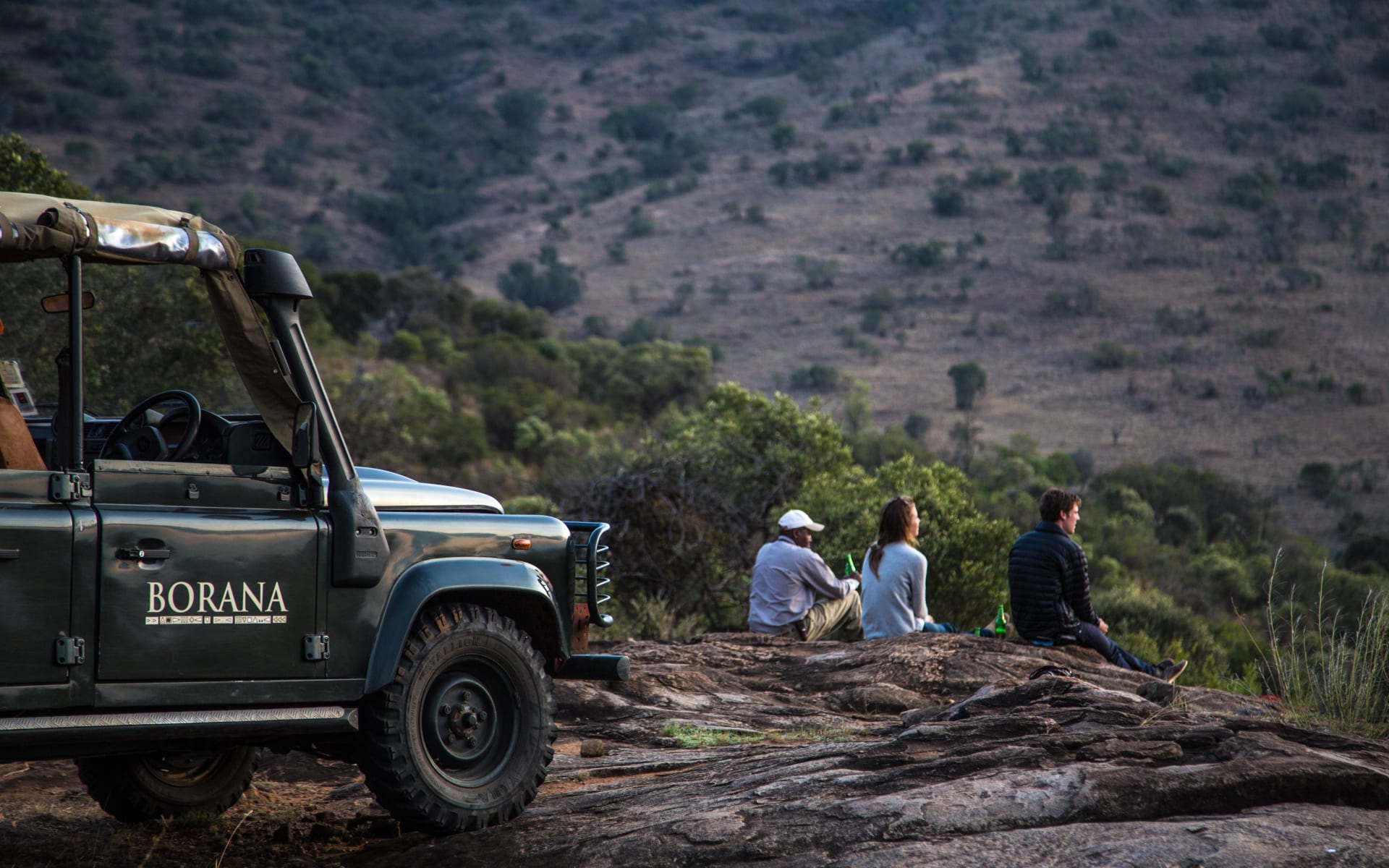
10 Day Off the Beaten Track Safari in Kenya
Laikipia, Masai Mara, Chyulu Hills National Park
Discover More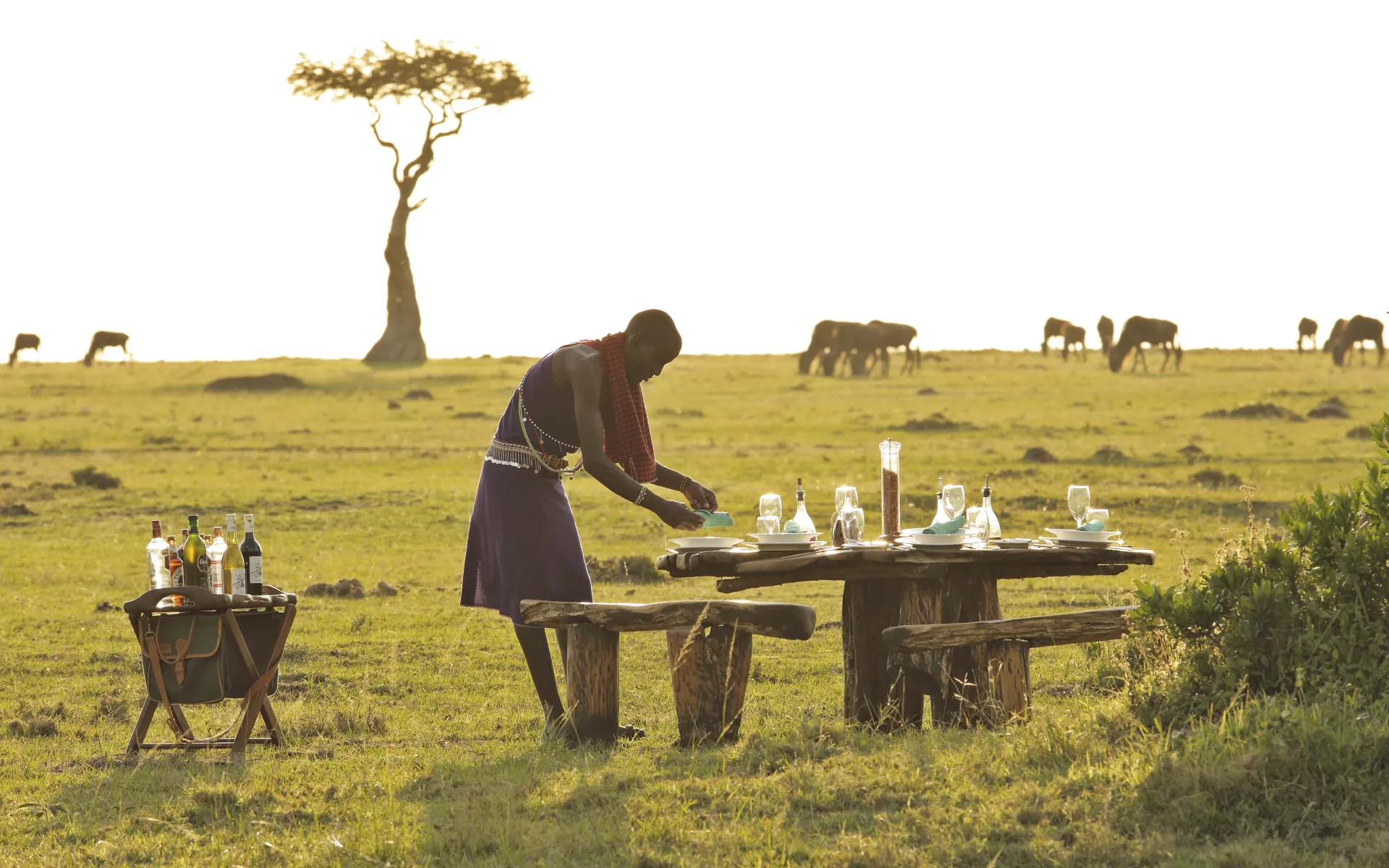
9 Day Safari and Beach Trip to Kenya
Masai Mara, Kenya South Coast
Discover MoreBest time to visit the Masai Mara
The Masai Mara offers great wildlife viewing throughout the year. However, the best time to visit the Masai Mara is from June to October, as temperatures are pleasant and rain is unlikely. These are the months to visit if you want to see the iconic wildebeest and zebra migration, as the huge herds cross the rivers from Tanzania into Kenya in July or August, heading towards the plains of the Masai Mara, where they remain for around four months, before heading back to the Serengeti.
Average daytime temperatures in the Masai Mara remain comfortable throughout the year, although the nights and early mornings can get quite chilly. Daytime temperatures are around 25°C from June to August, whilst the night temperatures are around 10°C, and from September to May, the daytime temperatures are around 28°C, dropping to 13°C at night.
WEATHER CHART:
- Excellent
- Good
- Poor
Need to chat?
Find out more and tailor your perfect trip with the help of our specialist team
Enquire OnlineWhere to stay in the Masai Mara
We’ve personally visited all of the luxury lodges and tented camps that Wayfairer offers in Kenya’s Masai Mara. We only partner with lodges that meet our standards for luxury and responsible tourism. Here are some of our favourite Masai Mara lodges:
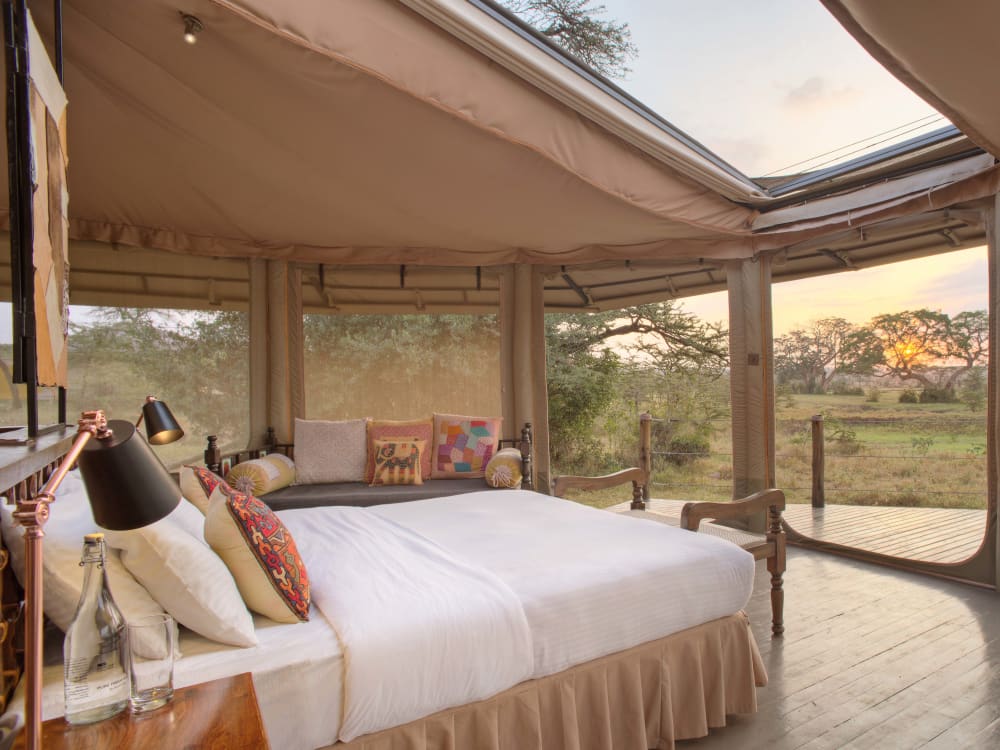
Leopard Hill
A stylish safari camp set in the Naboisho conservancy, offering something a little extra for those w...
Discover More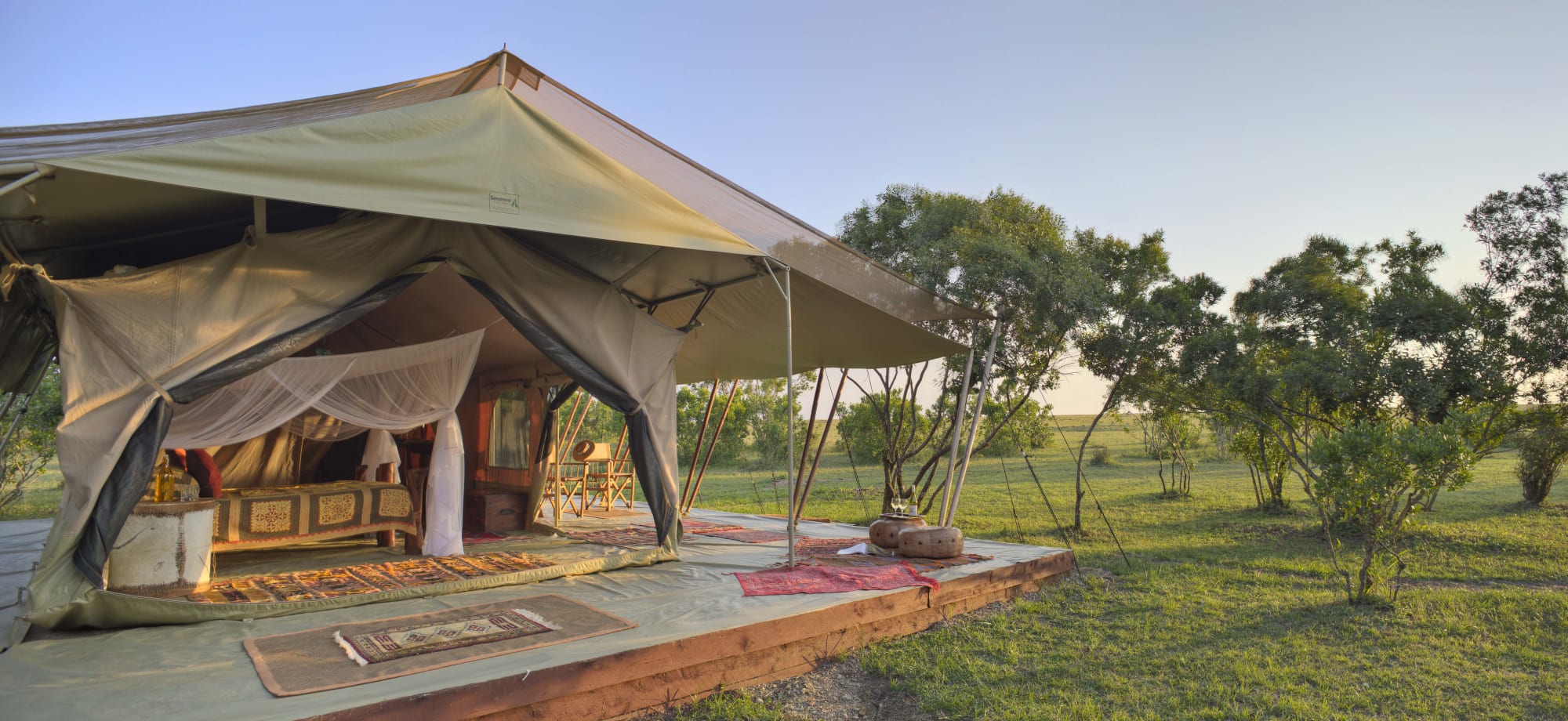
Saruni Wild
Saruni Wild is situated in the Mara plains, nestled within a magical forest on the border between Ma...
Discover More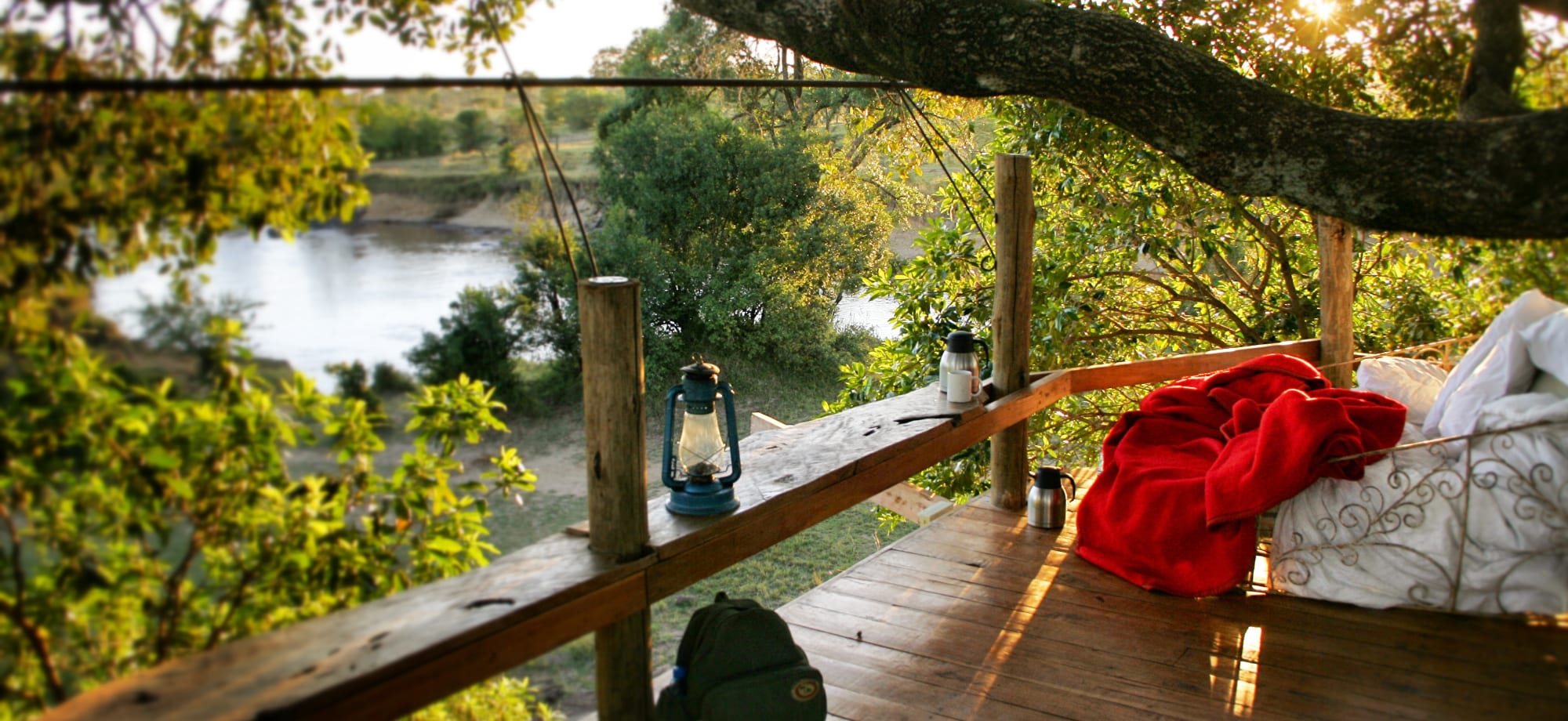
Serian "The Nest"
This unique and beautiful treehouse is the ideal addition to make a special itinerary even more uniq...
Discover More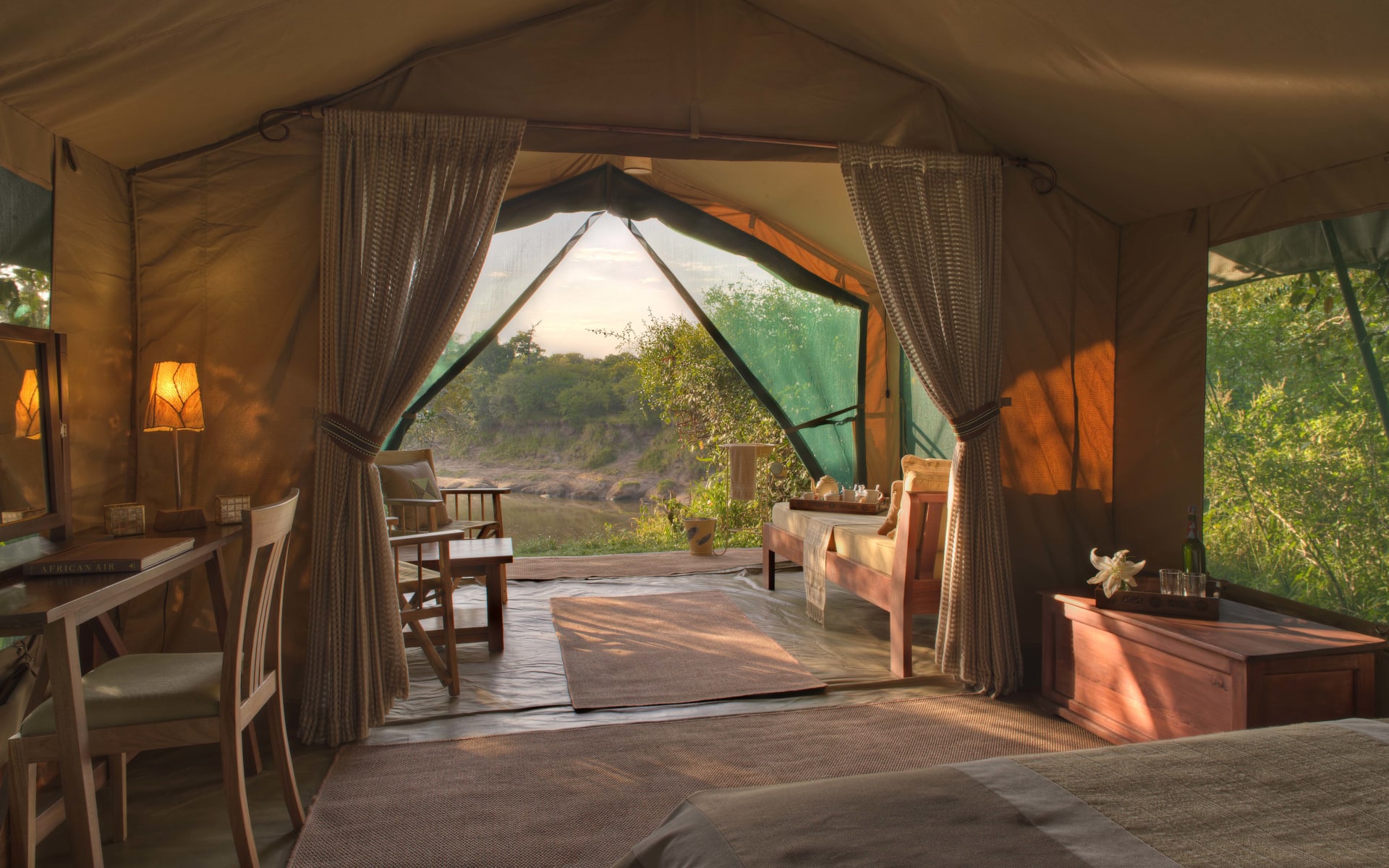
Rekero Camp
Rekero Camp provides a luxury and authentic safari lodge experience, along with a wild Masai Mara sa...
Discover More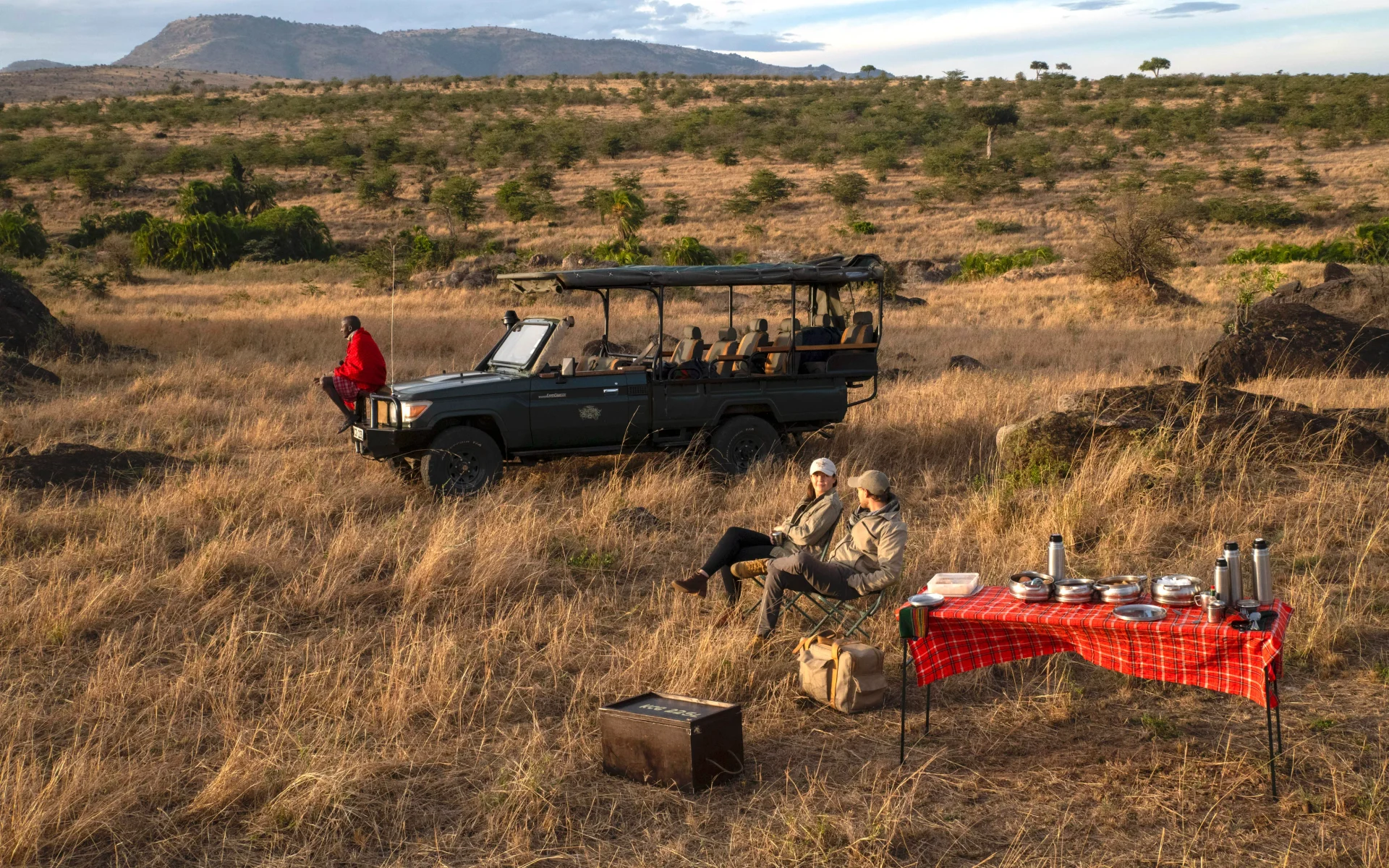
Cottar's Camp
Cottar's 1920s Safari Camp in the Masai Mara offers an unparalleled luxury safari experience, transp...
Discover More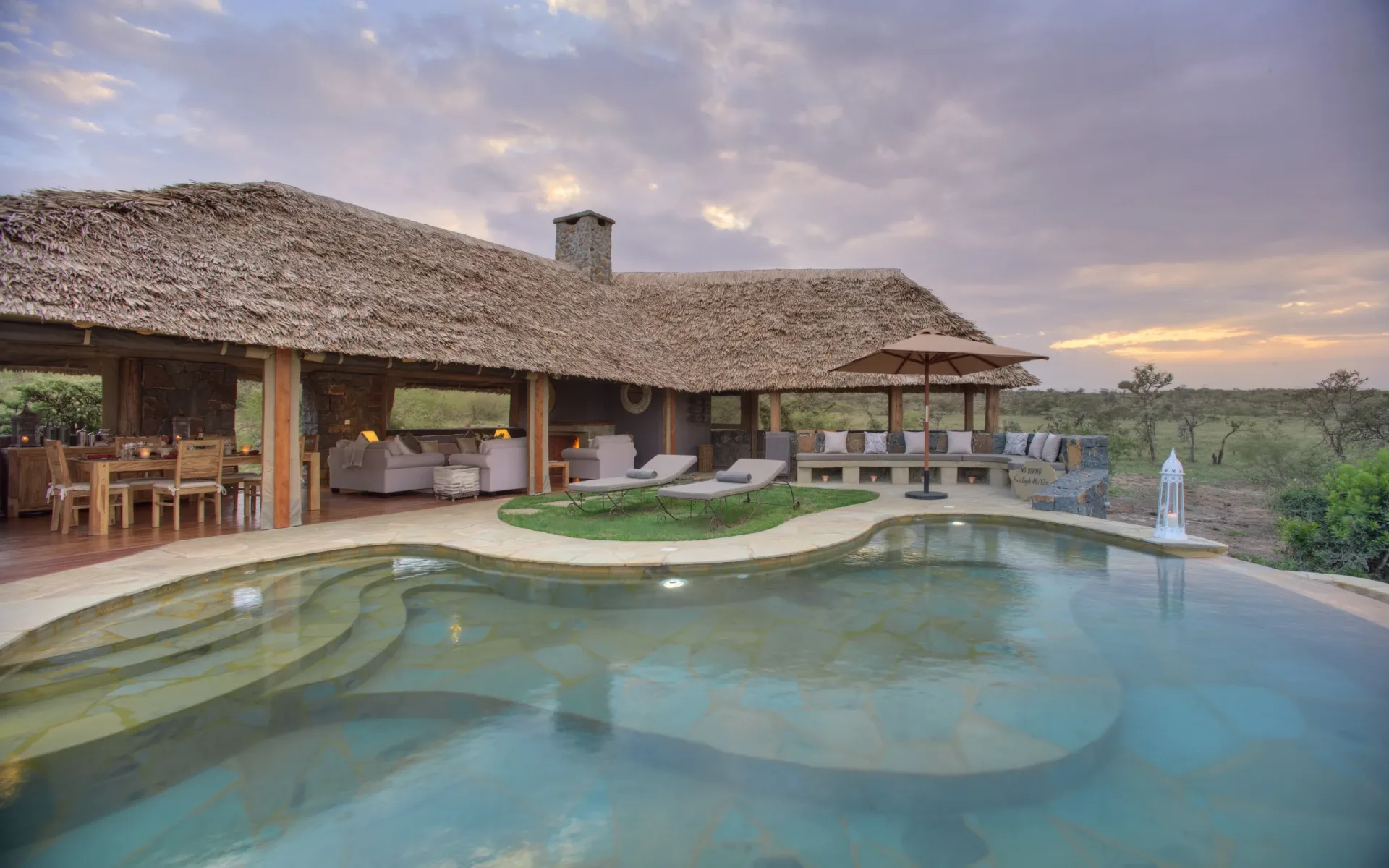
Naboisho Camp
Become inspired by the warm, homely spaces of Naboisho Camp, a treasure chest of Kenyan natural beau...
Discover More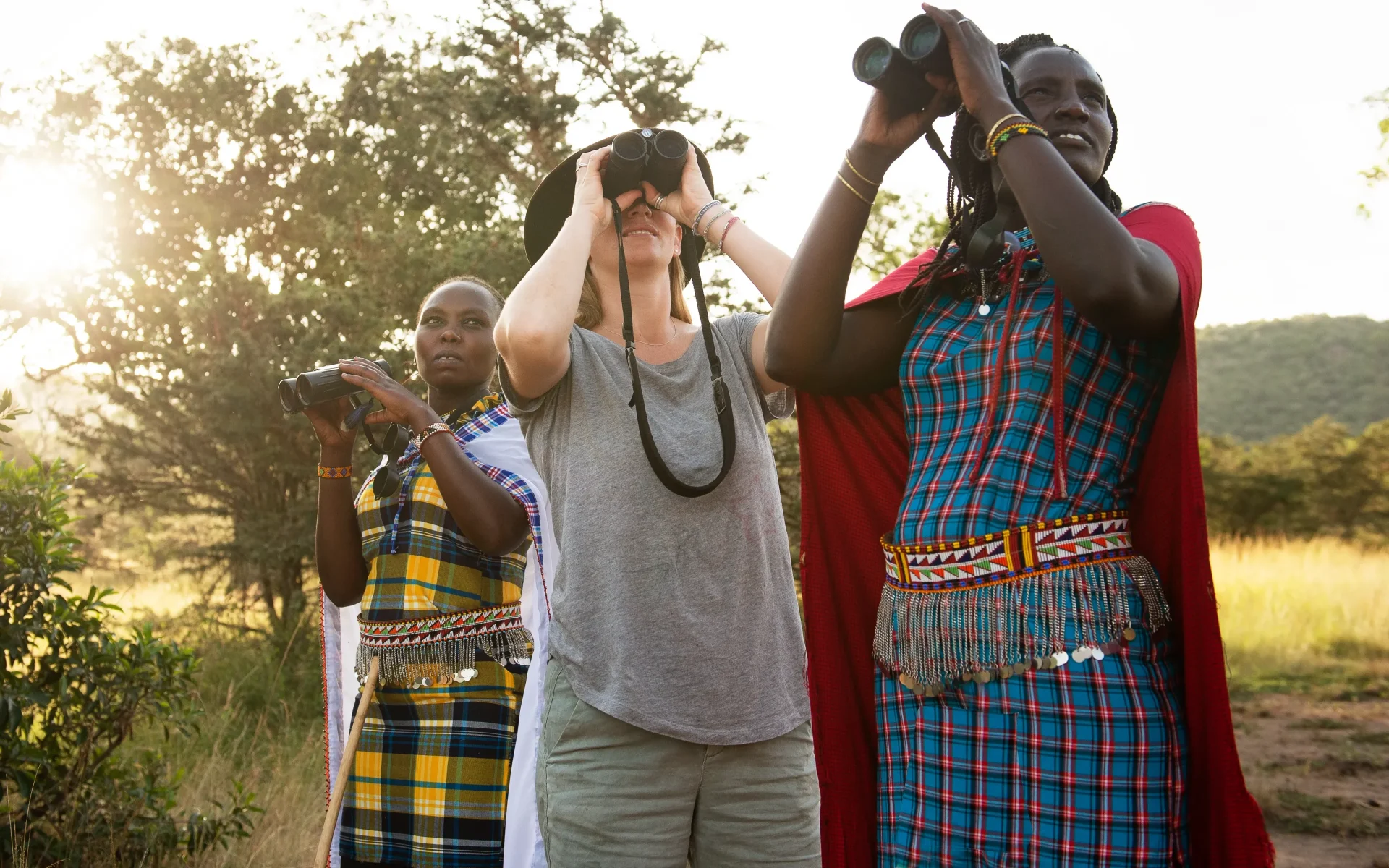
Ngare Serian Camp
Ngare Serian Camp, the perfect addition to an intrepid safari in Kenya, where the Masai Mara rumbles...
Discover More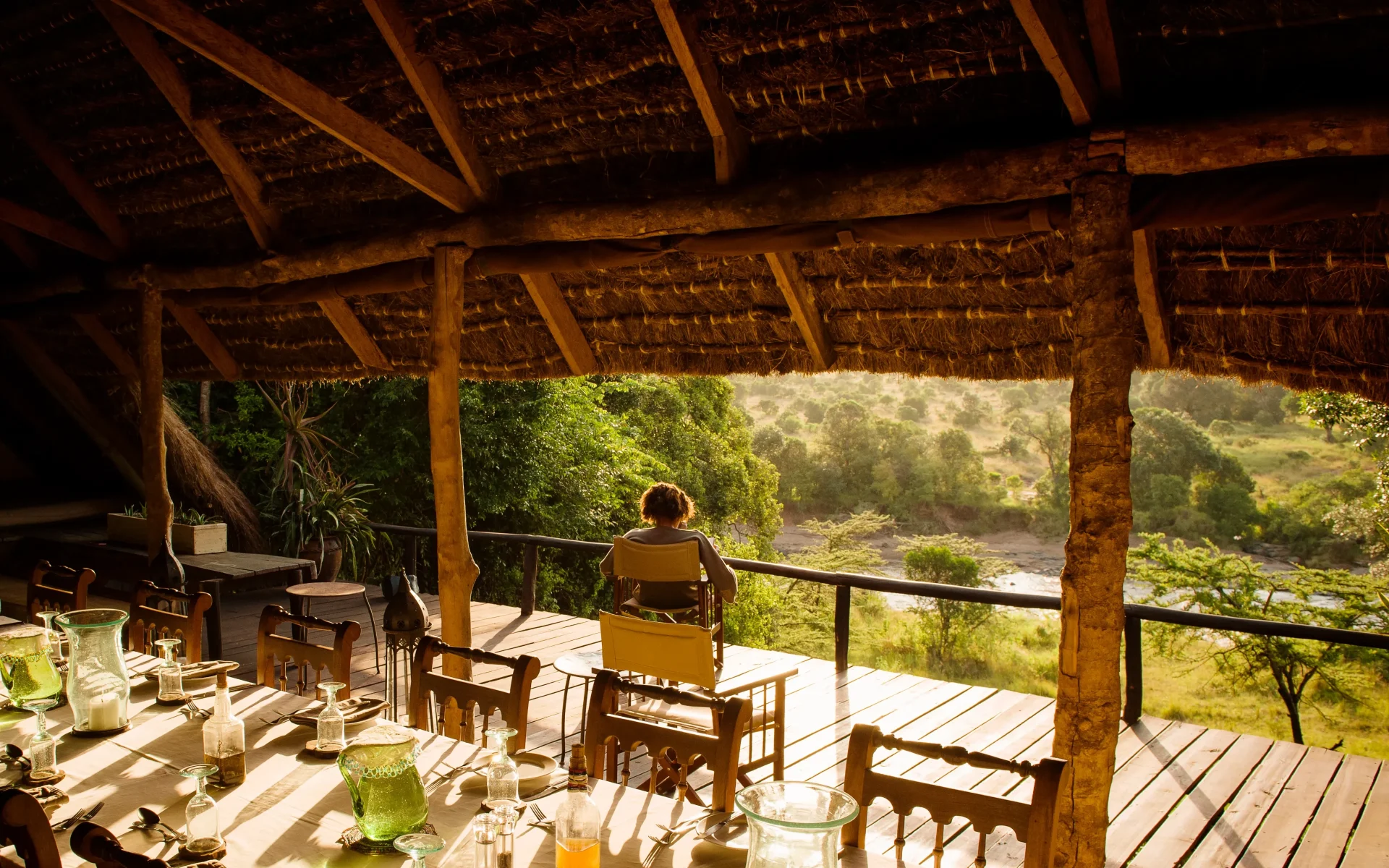
Serian 'The Original'
Alex Walker's Serian 'The Original' epitomises the best of the best of Kenya safari lodges, offering...
Discover More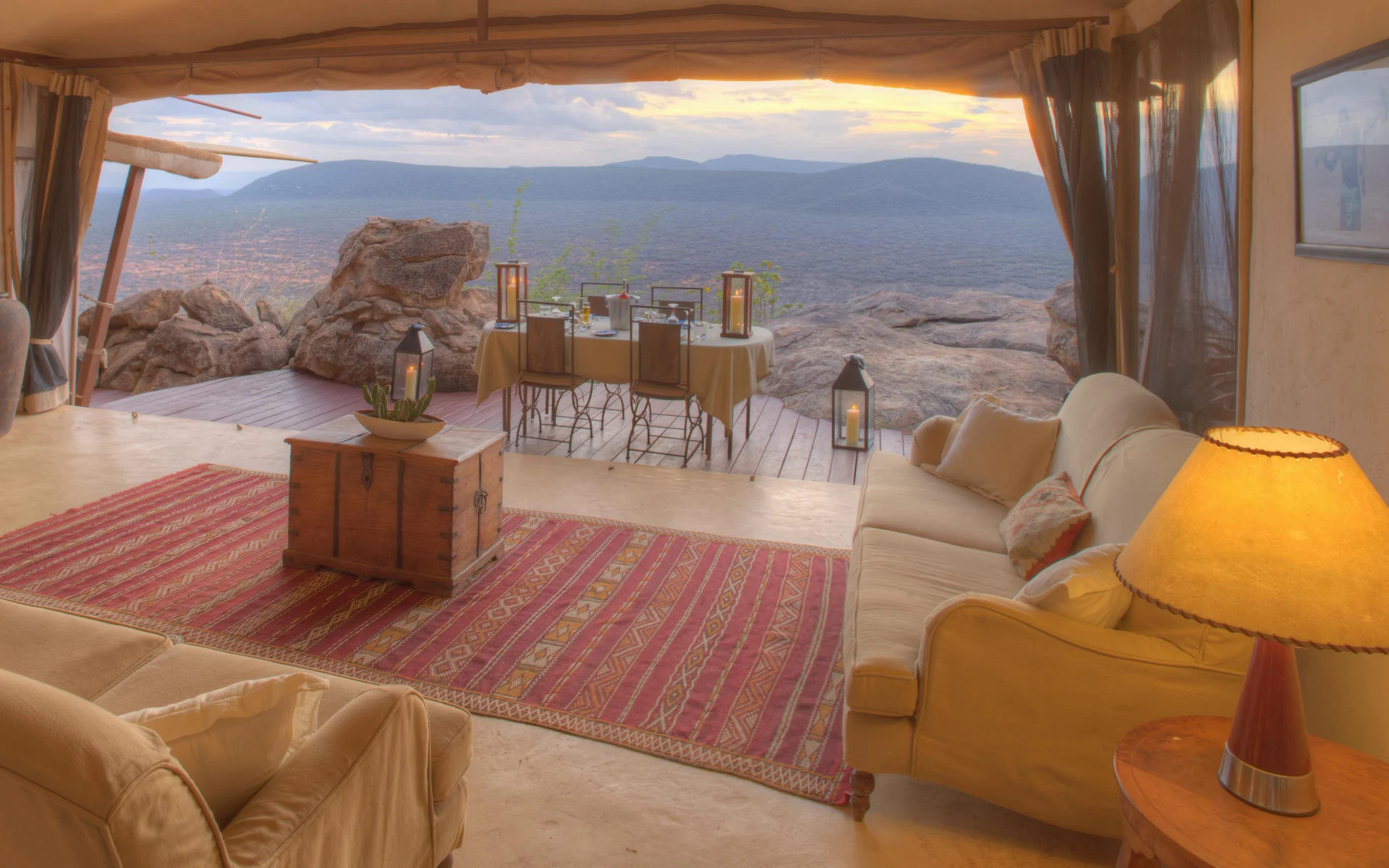
Saruni Mara
Saruni Mara is one of Kenya's most unique safari lodges and the only small boutique lodge in the Mar...
Discover More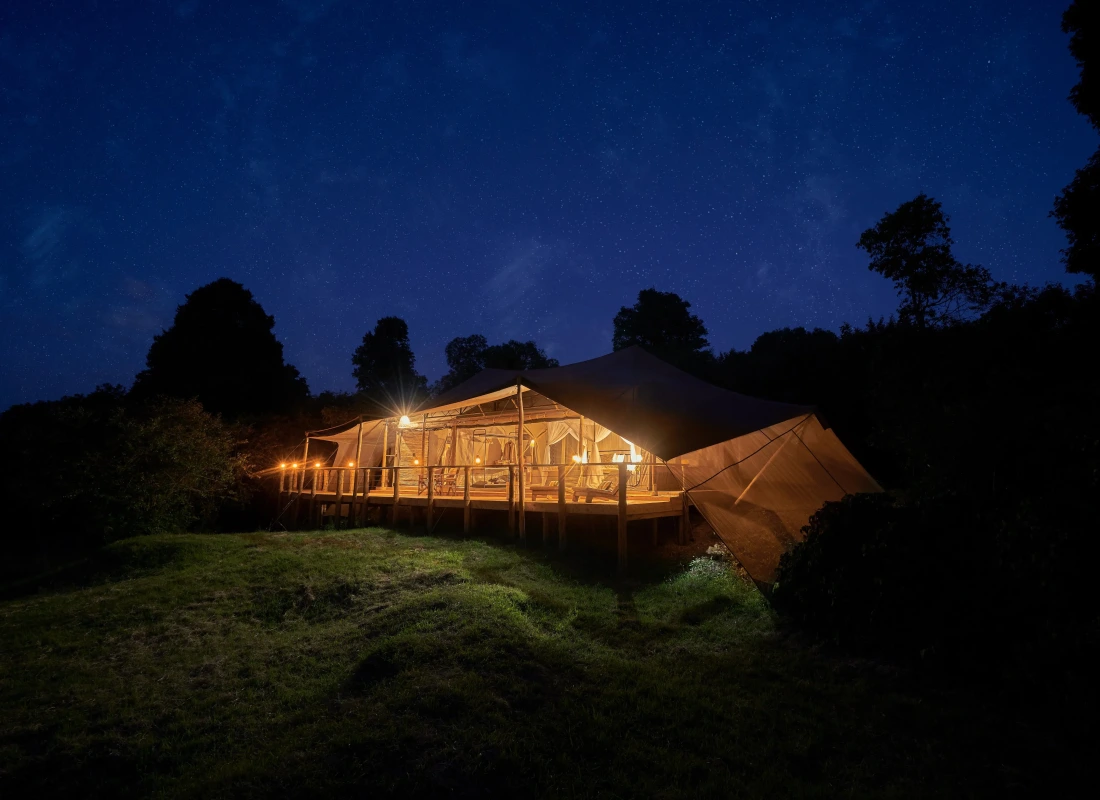
Emboo River Camp
Emboo River Camp goes beyond offering mere accommodation; it provides a place where guests can relax...
Discover MoreMore Kenya travel inspiration from Wayfairer customers and travel specialists
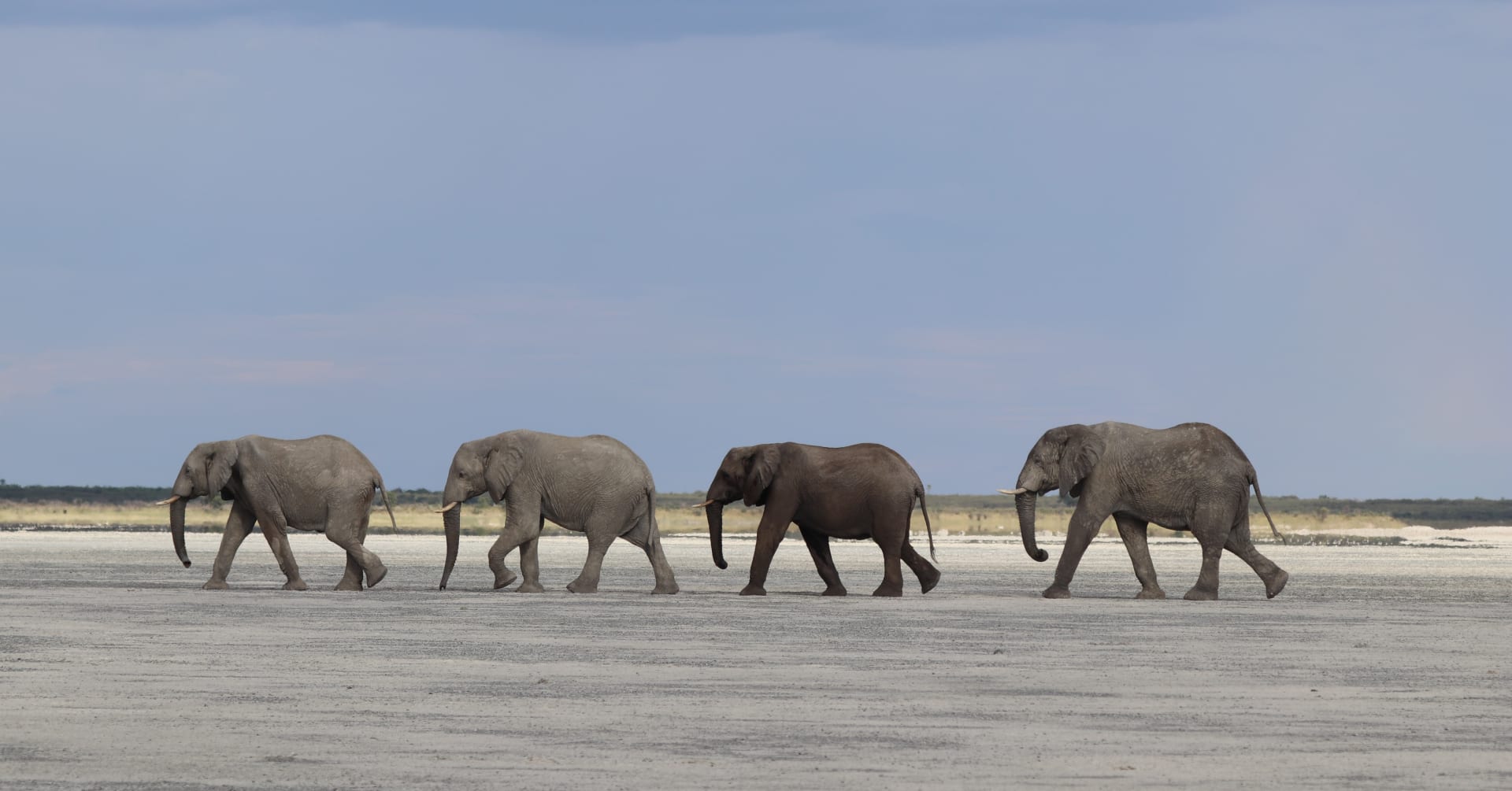
8 of the Best Countries to Visit in Africa in 2025
March 18, 2025
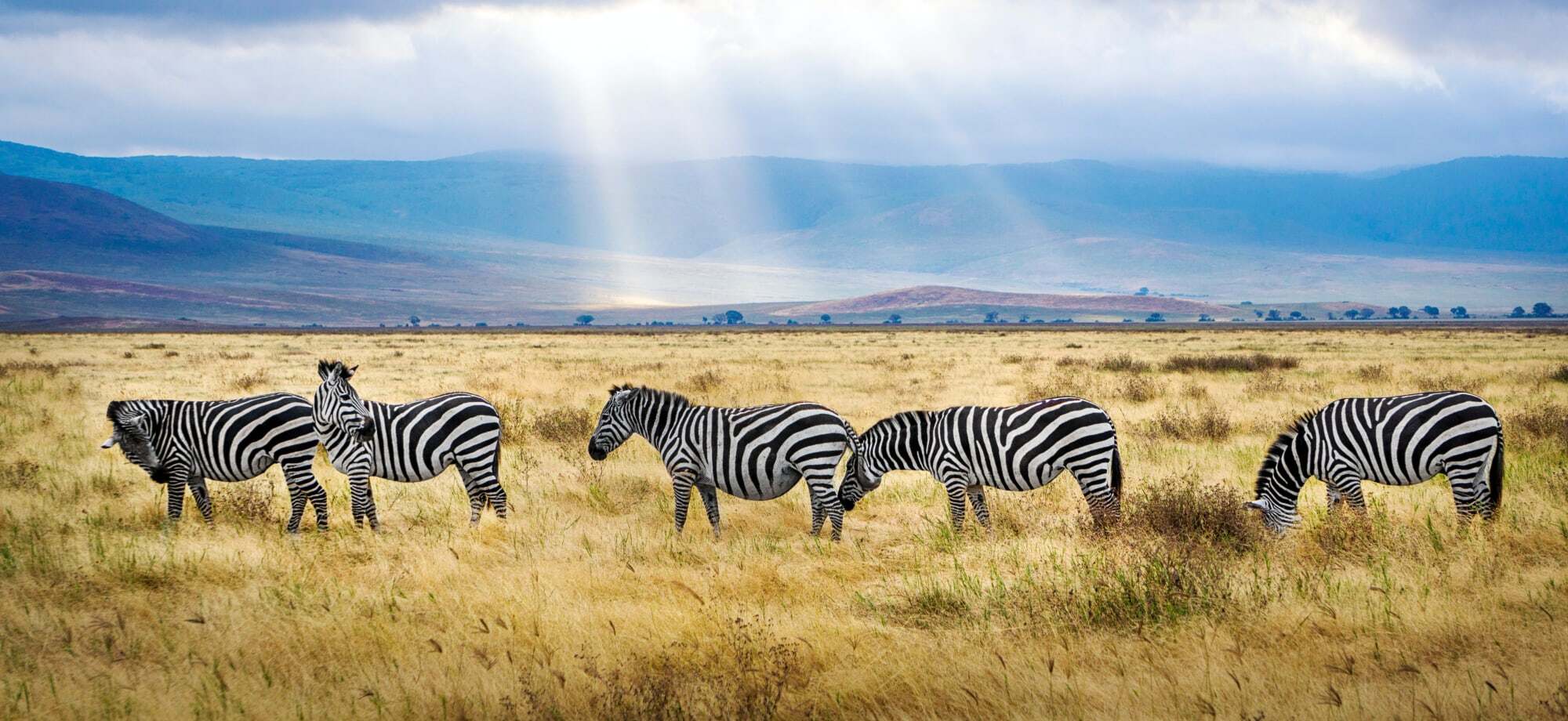
Top 7 Parks & Game Reserves in Tanzania (Including Where to Stay)
October 13, 2025
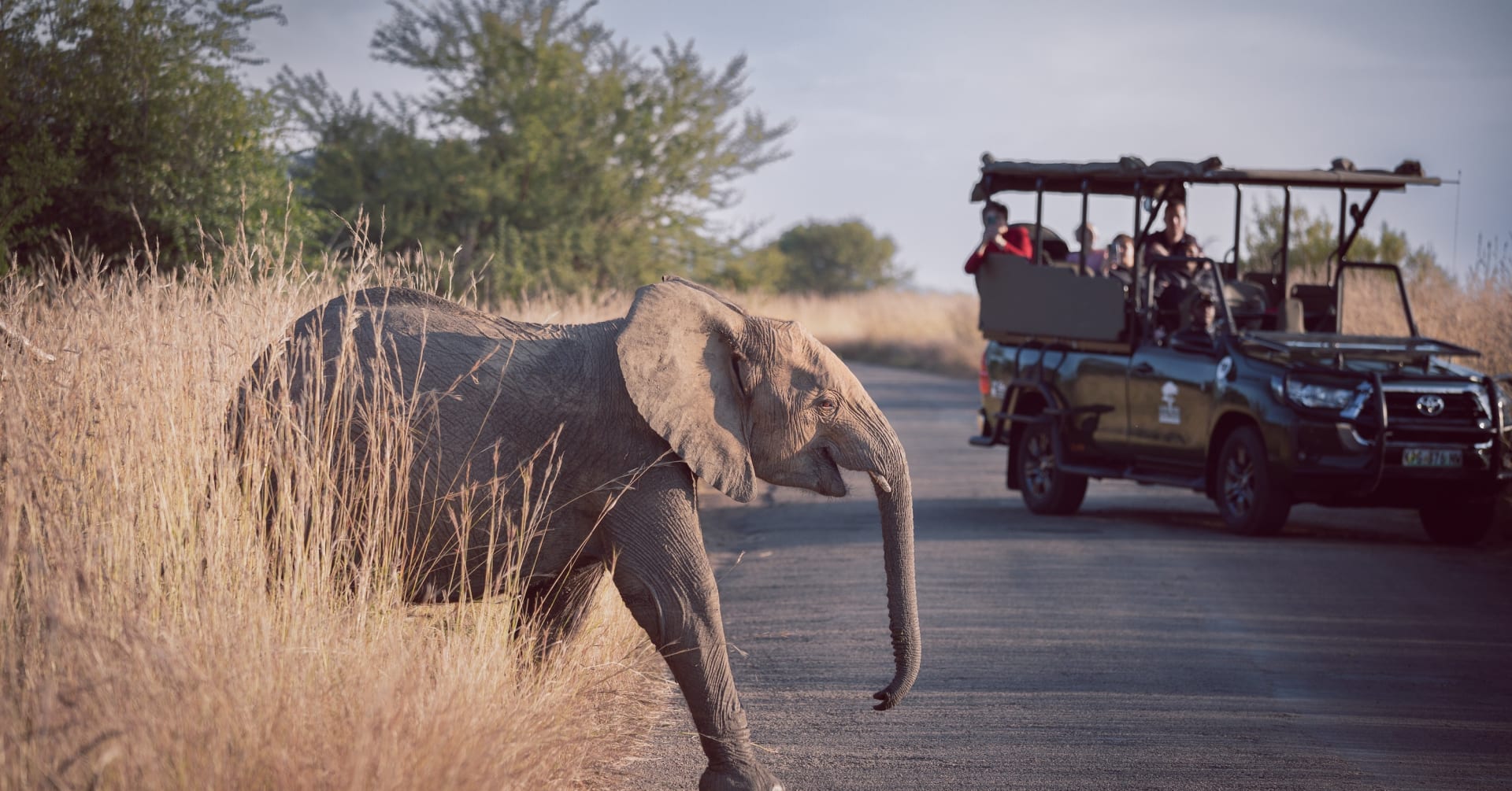
A Guide to Safari Safety in Africa
May 28, 2025
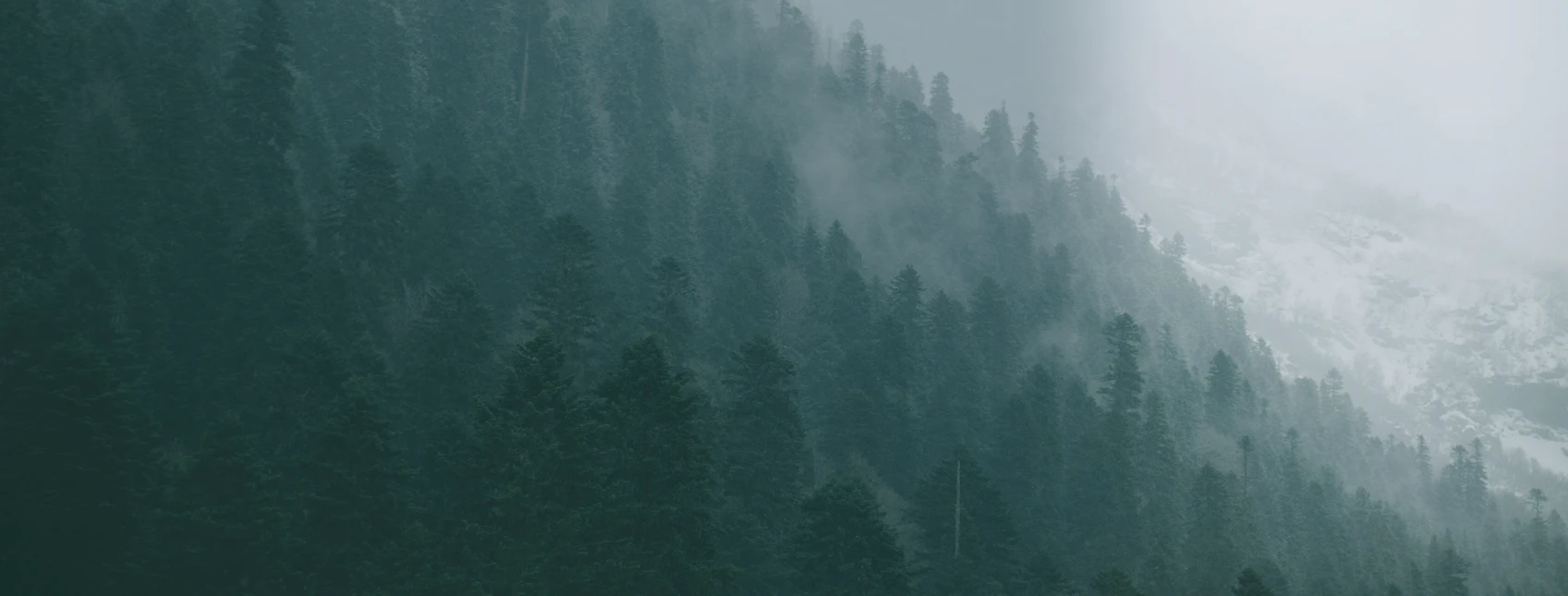
Sign up to our newsletter
For more travel inspiration delivered straight to your inbox just fill in your details here
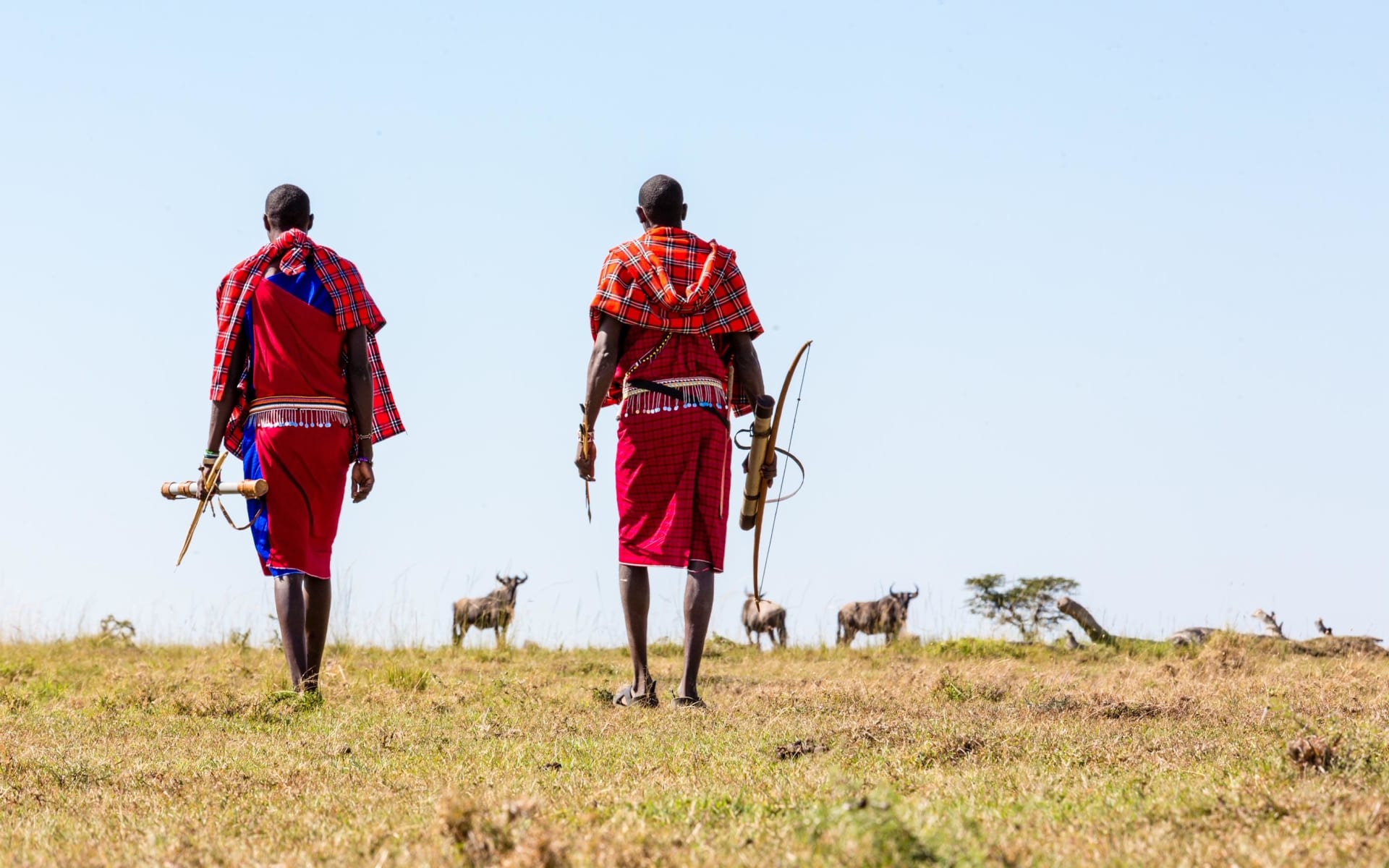
Start planning your luxury Masai Mara safari tour today
We're looking forward to hearing from you
